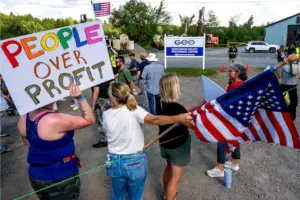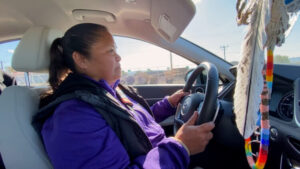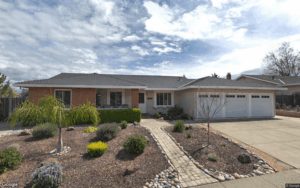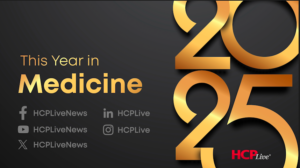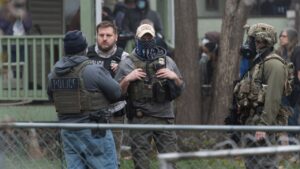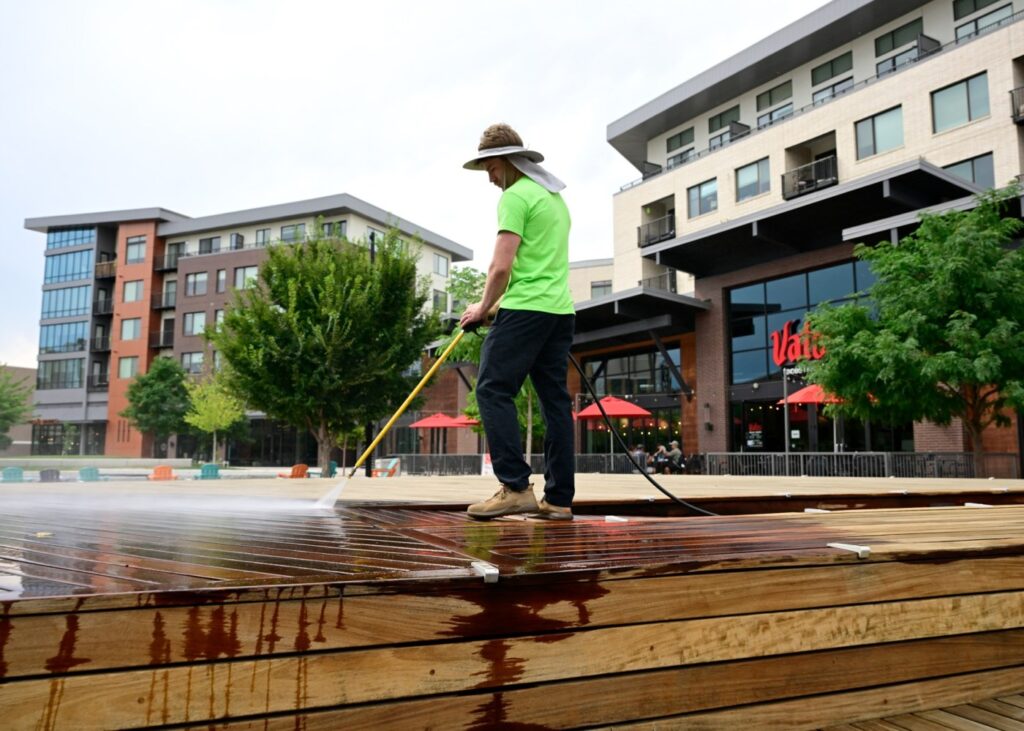
Downtown Westminster is poised for significant transformation with the upcoming development of a three-acre community park, an Asian-themed food hall, and hundreds of new residential units. This ambitious plan aims to revitalize the area, which once housed a large shopping mall, and is generating excitement about the future of this major redevelopment project. City officials believe these new additions will attract visitors from across the metropolitan area.
The redevelopment of Downtown Westminster has been in progress for roughly 15 years, situated near the intersection of North Sheridan Boulevard and U.S. 36. Although the journey has encountered various challenges, such as empty storefronts and stalled projects, city officials maintain a long-term vision for the area. According to Heather Cronenberg, the city’s real estate development manager, “There’s a whole second phase of development that is about to come online.” She anticipates that the project will continue to evolve over the next 15 years.
Center Park, a long-awaited community gathering space, is set to open this fall at the corner of Fenton Street and Park Place. This park will feature amenities such as a splash pad, picnic shelters, and a dog park, contributing to the area’s appeal. In addition, a groundbreaking for a 49-unit affordable housing project for seniors is scheduled for next year, alongside the opening of the Red Lotus Den, a food hall featuring seven restaurants. Owner Henry Lee recently secured permits for this 11,500-square-foot venue, aiming to create a destination that draws considerable foot traffic.
Despite the optimism surrounding the developments, the transition has not been entirely smooth. Several businesses have faced difficulties, including Marcyzk Fine Foods, which had plans to occupy a space in the Origin Hotel but abandoned those plans in 2019. The Tattered Cover bookstore, which operated on Westminster Boulevard for just over a year, closed its doors in late 2023. An anchor tenant, the movie theater chain Alamo Drafthouse, has remained operational but faced bankruptcy four years ago due to pandemic-related challenges.
The presence of vacant retail spaces in the area has also raised concerns. Rodney Milton, executive director of the Urban Land Institute of Colorado, noted that such growing pains are typical when attempting to build an ambitious urban project. “Being patient to get what you want is a huge challenge,” he remarked. “That’s why initiatives like this take time.”
Long-Term Vision for Community Connection
Westminster Councilwoman Sarah Nurmela, who has been involved in the Downtown Westminster initiative from its inception, emphasized the intent behind the redevelopment. The project aims to create a vibrant public gathering space that fosters community connections, reminiscent of the shopping mall that once occupied the site. “We want to create these elements of gathering and connection for people,” she stated.
The original mall, which was a popular destination for suburban residents for 34 years, has given way to a mixed-use neighborhood that combines residential and retail spaces. The area is bordered by Sheridan Boulevard, North Harlan Street, and West 88th and 92nd avenues. Currently, a JCPenney department store, a Bowlero bowling alley, and an Olive Garden restaurant remain as reminders of the former mall era.
The shift in focus from enclosed shopping centers to open, community-oriented spaces reflects a broader trend in retail development across the United States. Projects such as the transformation of the Villa Italia Mall into the Belmar Shopping Center and the Southglenn Mall into The Streets at Southglenn have paved the way for similar initiatives.
Westminster, a city of approximately 115,000 residents, has historically lacked a traditional downtown. According to Cronenberg, this project represents a significant change in the city’s growth model, moving away from its agricultural roots towards a more urbanized environment.
To facilitate this transformation, the city has invested around $100 million in the redevelopment. This investment allows city officials to guide the project’s direction. The Eaton Street Apartments and other complexes include affordable housing options, with 10% of the apartments required to be priced at 60% of the area median income for lower-income renters.
Recent developments in Downtown Westminster have also had a positive impact on surrounding retail areas. The recent opening of a Trader Joe’s grocery store nearby is a testament to the growing vibrancy of the community. “We don’t have to rush it. We just have to make sure we’re building a project that supports and feeds that vision,” Nurmela explained. “This is not a 10-year play; this is a 300-year play.”
Efforts to Boost Community Engagement
Downtown Westminster is designed as a dense mixed-use neighborhood, incorporating five-story apartment buildings with ground-level retail spaces. The proximity to the Flatiron Flyer bus service on U.S. 36 enhances accessibility to both Denver and Boulder.
Residents are optimistic about the future of the area. Austin Tristan, a 31-year-old resident of the Aspire apartment building, appreciates the peaceful environment. “I like how it is right now,” he stated. However, he expressed a desire for more dining options and a brewery to increase the area’s liveliness.
A variety of eateries, including Vatos Tacos and Tap & Burger, have begun to populate the area. Still, some residents, like Joao Zeraick, who recently moved into a nearby townhome, hope for more local, non-chain restaurants.
In May, the city initiated an “activation” effort in collaboration with the Westminster Chamber of Commerce, allocating $300,000 over the next year to enhance foot traffic and community engagement in the downtown area. This initiative is funded through taxes generated by local businesses and residents.
The financial outlook for Downtown Westminster appears promising, with the city projected to collect $6.8 million in tax revenues from business activities in 2024, significantly higher than the $2.4 million generated by the Westminster Mall in its final year of operation in 2010. Adjusted for inflation, this represents a nearly 96% increase.
The revitalization of Downtown Westminster reflects the community’s potential for growth and transformation. As plans continue to unfold, local stakeholders remain hopeful about the area’s economic and social development. “There’s a lot of potential,” Lee remarked regarding the future of Downtown Westminster.

